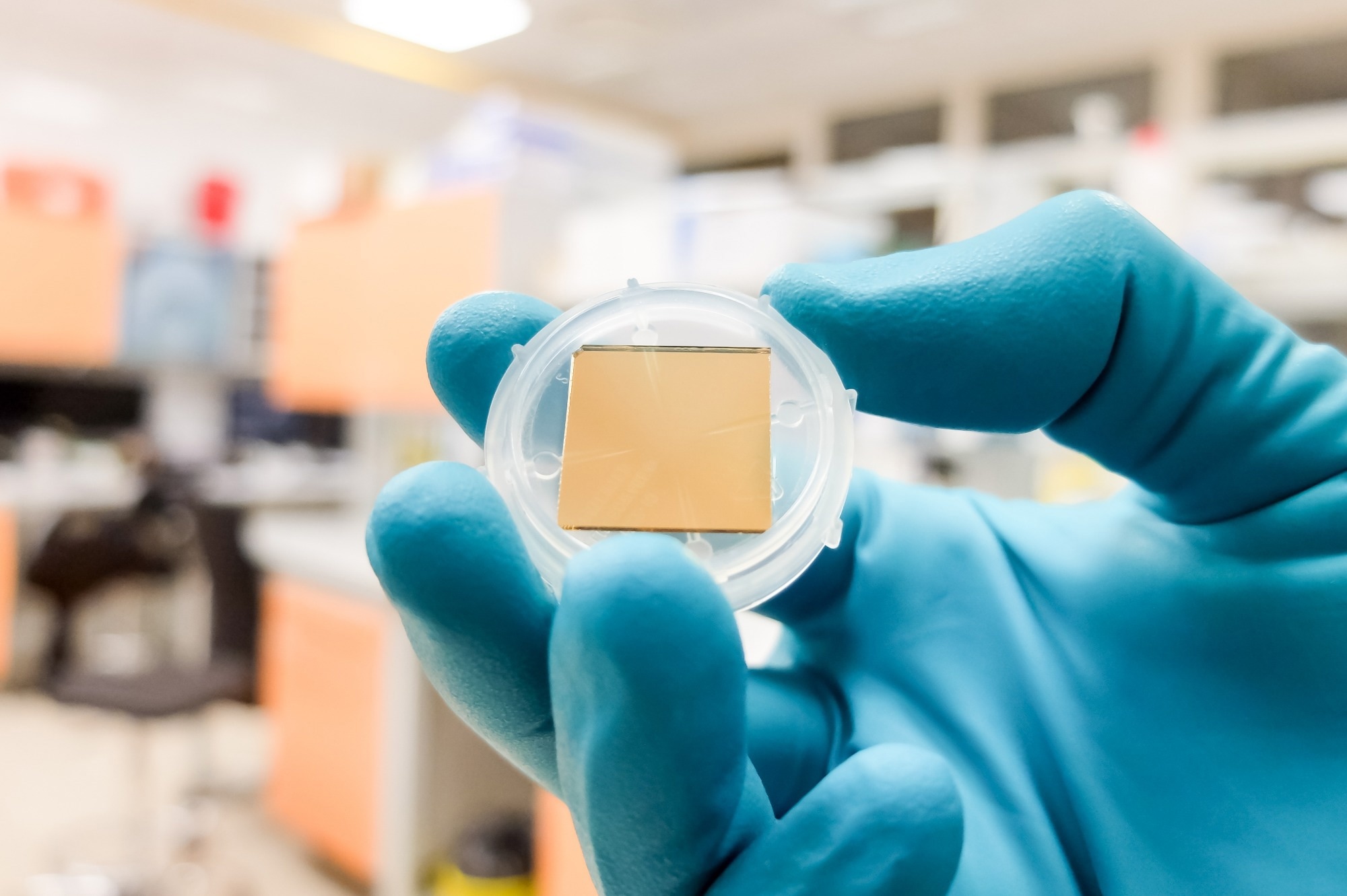Surface Plasmon Resonance (SPR) is an analytical method that has transformed the study of molecular interactions with significant applications in pharmacology and biomedical sciences.
In a recent study published in Chemical Physics Impact, researchers reviewed the latest developments in SPR-based biosensors and their applications in drug discovery. They also discuss the challenges and future applications of SPR biosensors in pharmaceuticals.
 Study: Optimizing drug discovery: Surface plasmon resonance techniques and their multifaceted applications. Image Credit: Artur Wnorowski/Shutterstock.com
Study: Optimizing drug discovery: Surface plasmon resonance techniques and their multifaceted applications. Image Credit: Artur Wnorowski/Shutterstock.com
Background
The search for tools and methods to accurately and comprehensively study molecular interactions continues with rapid pharmacology and biomedical sciences advancements.
Surface plasmon resonance, a tool based on optics and physics, has become a vital tool in the biological sciences, as it provides a highly accurate, sensitive, and label-free method to study molecular interactions.
Plasmons are the collective oscillations of free electrons in a thin metal-dielectric interface, and SPR involves the interactions between light and surface plasmons. A resonance event during this interaction causes a dip in the reflected light intensity.
This dip in light intensity is sensitive to refractive index changes near the metal surface — a property used in SPR to study molecular interactions.
Surface Plasmon Resonance
Surface plasmon resonance allows biomolecular interactions to be monitored in real-time, making it valuable for drug screening, diagnostics, studying diseases, and understanding protein interactions.
The major components of SPR include a metal film, often gold based on its biocompatibility, coated onto a glass substrate, a prism for coupling light into the metal film, and a microfluidic system for analyte flow, which allows analytes such as proteins and deoxyribonucleic acid (DNA) to be transferred on to the substrate.
The SPR technology has advanced over the years, with the current instruments containing some of the most advanced materials and sensor surfaces, allowing for high selectivity and sensitivity in detecting biomolecular interactions.
In the quest to optimize the functionality of SPR-based instruments and improve sample delivery precisions, studies have explored various substrates, metal films, and microfluidic technologies.
The review began with an overview of how SPR-based biosensors function. It involves immobilizing a ligand or an antibody to the metal surface in the biosensor through covalent bonds. When the analyte flows over the ligands in a microfluidic cell, it binds to the ligand.
The change in refractive index caused by the formation of the analyte-ligand complex is detected in SPR. Additionally, a sensorgram allows these associations and dissociations between analytes and ligands to be monitored in real-time.
Pharmaceutical Applications of SPR
Several types of SPR technology have varied applications in pharmaceuticals, food safety testing, environmental monitoring, and biomedical research.
Localized SPR, which uses nanoparticles, is valuable in the pharmaceutical industry, where biomolecular interactions must be studied at extremely low concentrations.
Sensors using hyperspectral SPR are also useful for studying pharmaceutical compounds, as they can provide detailed insights into structural characteristics, binding kinetics, molecular interactions, and a range of spectral information.
The detection of molecules, especially impurities in drug quality control, is enhanced when SPR is coupled with Raman spectroscopy.
The researchers also discussed the applications of other types of SPR technology, such as waveguide-based and prism-based SPR, in pharmaceutical and biomedical research.
Some of the applications included drug development, high throughput screening, drug design using fragments, ADME/T or absorption, distribution, metabolism, excretion, toxicity profiling, studying drug interactions, and detecting immunoglobulin G and nucleic acids.
In drug development, SPR sensors have been used to determine the factors that impact drug absorption, such as drug permeability and the interactions between the drug and segments of the cell membrane.
Furthermore, SPR-based technology also offers alternatives to high-throughput screening by identifying the bindings fragments of biologically active compounds and providing pharmacokinetic data such as specificity, affinity, and dissociation and association rates.
Specialized SPR-based sensors with high sensitivity are also being used to screen smaller molecules or fragments between 100 and 300 Daltons in weight with low binding affinities, aiming to combine multiple pieces with low binding affinities to develop a drug lead with high binding affinity.
Studies have effectively applied SPR sensors in fragment-based drug design for developing thrombin inhibitors, protease inhibitors against human immunodeficiency virus, and DNA-binding therapeutic agents.
In ADME/T analyses, SPR sensors have been used for assessing serum protein interactions such as those between human serum albumin and various drugs, as well as for biochemical and genetic toxicity tests, which can help determine whether a drug can be hepato-, neuro-, nephro-, or cardiotoxic.
Future Applications
The authors also discussed potential areas where SPR technology could make transformative changes.
These included optimizing cell therapy through real-time monitoring of cellular changes and behavior and genetic engineering, where a better understanding of protein and nucleic acid interactions would help design and optimize genetic constructs.
Furthermore, SPR technology could also significantly improve the characterization of biomolecules for biobanking, develop better diagnostic assays for pathogen analyses, and contribute to the emerging fields of proteomics and metabolomics.
Conclusions
Overall, the researchers comprehensively discussed the contributions of SPR sensors in advancing various aspects of drug development, including fragment-based drug discovery, understanding pharmacokinetic properties of drug candidates, ADME/T profiling, drug quality testing, and detection of various biomolecules.
The high sensitivity, speed, and real-time monitoring ability that SPR sensors offer can redefine the future of medicine and pharmaceuticals.